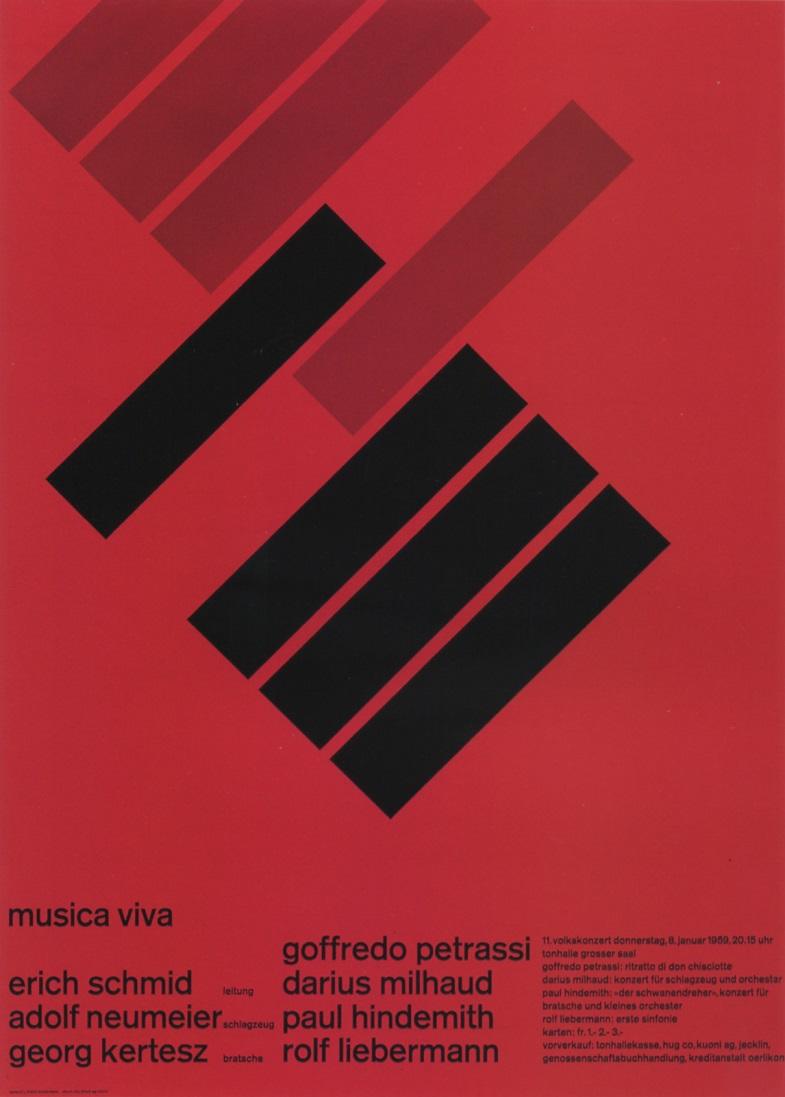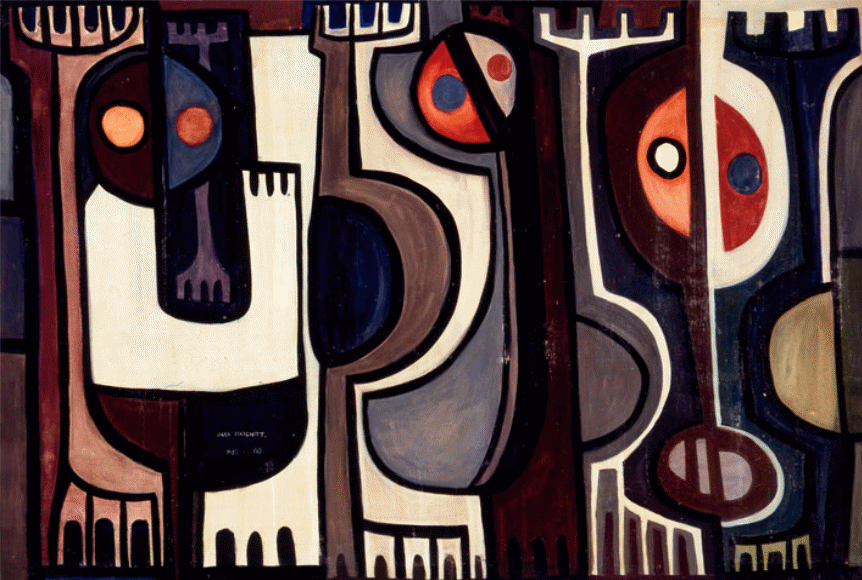Clement Greenberg (1909-1994) was a renowned American art theorist and critic whose concepts and viewpoints had considerable influence over the development of modern art. Greenberg’s theoretical insights can be traced back while observing today’s visual art masterpieces (Skinner, 2014). In his publication “Modernist Painting,” Clement Greenberg (1988) proves that the deficiency of figurativeness inherent in the contemporary modernist painting is the result of the art self-development instead of impacts made by social and historic factors. Greenberg one of the first fundamental theories of Modernism and determined the relationship between avant-garde art and society.
One of the strongest arguments provided by Greenberg for the self-development of painting is the self-criticism specific to Modernism (Greenberg, 1988, p. 5). Asserting the self-criticism of modernist painting, Greenberg refers to the Old Master and Kant. Furthermore, he identifies Kant as the first real Modernist due to the philosopher’s self-criticism. The self-criticism of modernist painting is apparent in its ability to admit the flatness as its unique medium.
The flatness of painting is another argument in favor of modernist painting. According to Greenberg, every art has its own unique characteristics and medium. Regarding painting, this medium is the flatness. Greenberg rejects painters’ aspirations to visual three-dimensional space; he considers the three-dimensionality to be a unique characteristic of sculpture. Although one of the primary goals of the Old Masters was to overcome limitations of the flat surface and insufficiently expressive pigments, modernist painting acknowledges these factors as positive. Manet was the first who did not try to create the illusion of three-dimensionality in his works and openly declared the flat nature of pictorial art. The Impressionists also refused to add sculptural elements to painting. Therefore, according to Greenberg, the first modernists were Manet and the Impressionists who designated a new period in the history of painting, abandoning attempts to create a three-dimensional illusion.
Nevertheless, there are some contradictions in Greenberg’s theory. Taking into account the flatness of painting and other pictorial arts as their unique feature and medium, works of graphic designers can be considered modernist. However, varying letter spacing, using properties of colors (the contrast between complementary colors, color stretching, simultaneous thermal contrast, and so forth), and applying zooming in their works, graphic designers seek rhythmic architectonics.
Moreover, graphic design is associated with technological innovations and the development of computer-assisted editing. For instance, posters designed by Müller-Brockmann in the 1960s – early 1970s clearly demonstrate the principles of the layout based on modular grids (see Fig. 1). Asymmetric font compositions featured on the geometric color fields generate strict visual messages. It is controversial whether Greenberg would identify self-criticism in such works.

Furthermore, one of the primary goals of visual arts is to satisfy aesthetic needs of viewers. The indigenous primitivism of Māori pictures is identified as Modernism today (Skinner, 2014). Although some critics parallel these works masterpieces created by Pablo Picasso (Skinner, 2014, p. 71), they would rather serve as artifacts of authentic pictorial arts of Māori. However, indeed, the flatness of the medium and scarcity of colors are obvious (see Fig. 2). It appears that Greenberg would evaluate them as examples of modernist painting.

Summing up, painting, as well as other kinds of visual art, is constantly evolving. This ongoing development predetermines the irrelevance of theories and concepts that were topical several decades ago.
References
Graphic Design History. (2012). Excerpts from “The Swiss Posters: Art of 10 Masters” at Hofstra University, 2002, 2011. Web.
Greenberg, C. (1988). Modernist painting. Modern Art and Modernism: A Critical Anthology, 1, 5-10.
Skinner, D. (2014). Indigenous primitivists: The challenge of Māori modernism. World Art, 4(1), 67-87.